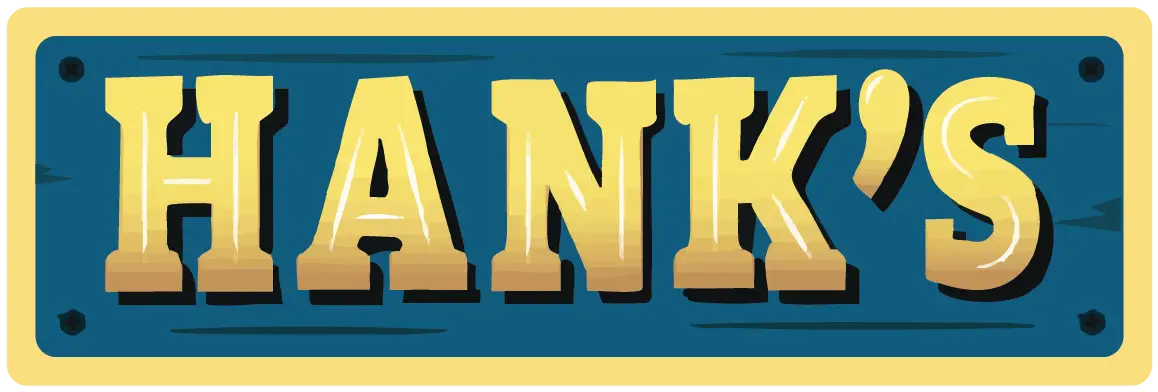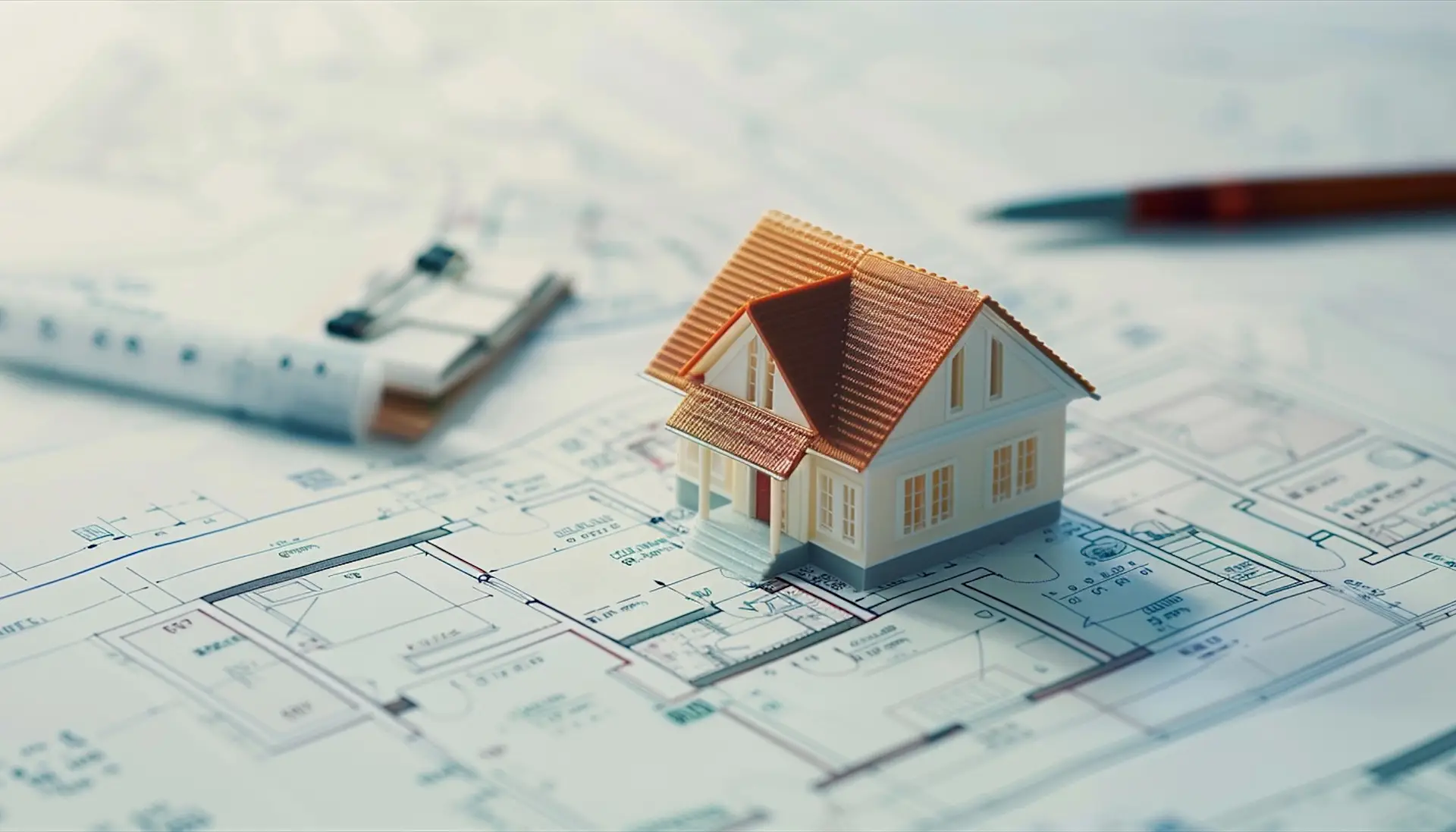When it comes to enhancing the value of a property, most homeowners consider major renovations like kitchen or bathroom remodeling, often overlooking one of the most impactful and cost-effective upgrades: installing new windows. The property’s value is not just about its size, location, or architectural design, but also about the smaller details that contribute to its overall appearance, functionality, and energy efficiency. Windows, although sometimes underestimated, play a crucial role in the value of a property. They serve as the eye of the home, providing natural light, ventilation, and a view of the outside world. Aside from their practical functions, windows also greatly contribute to a property’s aesthetic appeal. They significantly enhance the exterior look of a home, giving it a fresh and stylish edge. Furthermore, windows contribute to a home’s energy efficiency, which is a huge selling point for modern buyers. Therefore, the state of your windows can make or break a potential buyer’s impression of your property. So, how exactly can new windows increase your property value? First, new windows improve the curb appeal of your home, making it attractive to potential buyers. A property with new, sparkling windows appears well-maintained and updated, which can significantly boost its market value. Second, modern windows are designed to be energy-efficient, reducing the need for artificial cooling and heating, thereby saving on energy costs. This is a feature that many homebuyers value and are willing to pay a premium for. Lastly, new windows can offer improved home security, providing peace of mind for potential buyers. Therefore, while new windows may seem like a minor upgrade, their impact on property value can be substantial.
The Impact of Windows on Property Value
The impact of windows on the aesthetic appeal of a property cannot be overstated. They serve as the eyes of a home, offering a glimpse into its interior and a view of its architectural style. New, stylish windows can significantly enhance the visual appeal of a property, making it more inviting to potential buyers. A well-chosen window design can complement the architectural design of the property, creating a harmonious appearance that will likely attract more potential buyers. Energy efficiency is another crucial factor increasing a property’s value. With the growing awareness of environmental conservation, energy-efficient windows have become a highly sought-after feature in modern homes. They reduce the amount of energy required for heating and cooling, thus significantly lowering utility bills. By installing new, energy-efficient windows, homeowners can expect to see a substantial increase in their property’s value. Windows play a critical role in bringing natural light into a property. A well-lit home feels more spacious, warm, and welcoming. Natural light also has numerous health benefits, including boosting mood and enhancing sleep quality. By installing new windows that maximize natural light, homeowners can improve the livability of their homes, which can positively influence property value. Security is a major concern for homeowners. New, robust windows can enhance a property’s security by being more challenging to breach than older ones. They can also be equipped with advanced locking mechanisms for added security. This increased security can significantly boost a property’s value, as it offers potential buyers peace of mind. Lastly, the state and style of a home’s windows can significantly affect potential buyers’ perception of the property. New, modern windows can give the impression of a well-maintained and updated home. This perception can be a decisive factor for buyers when choosing between similar properties, leading to a higher property value.
Choosing the Right Windows for Your Property
The first step in choosing the right windows for your property is understanding the different types of windows. Casement, double-hung, bay, bow, and picture windows each have unique features that could work well with your property’s design. For instance, casement windows are hinged at the side and open outward, allowing for maximum airflow. On the other hand, picture windows do not open, offering unobstructed views and ample natural light, ideal for rooms with scenic views.Once you understand the different types of windows, you can select the right window style for your property. The style you choose should complement both the interior and exterior of your home. For instance, double-hung windows with their classic style are ideal for traditional homes, while sliding windows with their sleek, minimal design can suit modern properties.Energy efficiency is another critical factor to consider when choosing windows for your property. Energy-efficient windows can significantly reduce heating and cooling costs, making your home more comfortable and economical to run. These windows have special coatings to reduce heat transfer, keeping your home warmer in the winter and cooler in the summer. The U.S. Department of Energy estimates that you can save up to 20% on your energy bills by replacing old windows with energy-efficient ones.The material of your windows can also impact the property value. Vinyl windows are a popular choice due to their durability and low maintenance. However, wood or aluminum-clad windows can add a premium look to your property and potentially increase its value even more. Lastly, consider your budget and the potential return on investment (ROI). While new windows can be a significant investment, the increase in property value can often offset the cost. According to a report from Remodeling Magazine, homeowners can expect to recoup about 70% of the cost of new windows when they sell their home. Therefore, the cost of new windows should be considered an investment, not just an expense.
Installation and Maintenance
In the journey of increasing your property’s value with new windows, it’s crucial to understand the importance of proper installation. The efficiency, durability, and overall performance of your windows significantly depend on their installation. Poorly installed windows can lead to air leaks, moisture problems, and even structural damage. They can also negate the benefits of energy-efficient windows that you’ve invested in for your property. Thus, correct installation plays an integral role in ensuring that your windows serve their purpose, enhance your property’s appeal, and contribute to its value. Maintaining your new windows is another factor that holds the key to long-term value. Like any other home improvement, windows require proper care and maintenance to retain their functionality and aesthetic appeal over time. Regular cleaning, prompt repairs, and routine inspections can extend the life of your windows, helping you get the most out of your investment. Maintenance also helps preserve the energy efficiency of your windows, ensuring you continue to reap the benefits of lower energy costs in the long run. This brings us to the role of professional window installers. While DIY projects can be tempting, it’s worth noting that window installation requires a certain level of skill and expertise. Professional installers not only have the training and experience needed to ensure proper fit and finish but also understand how to minimize the potential for common window problems. They can guide you on the best way to maintain your windows and often offer warranties that provide extra peace of mind. By entrusting your window installation to professionals, you can ensure that your new windows add as much value as possible to your property.
Conclusion
In conclusion, the installation of new windows is a proven method to elevate the value of your property. This is evident through both anecdotal experiences and nationwide statistics. Homeowners who have made the switch to modern, energy-efficient windows have seen their property values significantly escalate, anywhere from 7% to 10%. The national statistics only serve to further confirm this, where a staggering 80% ROI has been reported by homeowners who have undertaken window replacements. Energy-efficient windows are not just a trend, but a feature that is in high demand by home buyers. This growing interest feeds into the supply and demand dynamic, as more buyers are willing to pay a premium for homes featuring these windows, thereby driving up property values. With this in mind, it is highly recommended for property owners to consider new windows, not only for their aesthetic appeal but more importantly for the substantial value they add to your property. The initial investment required for the upgrade is often justified by the significant increase in property value and the potential for a higher selling price in the future. It is clear that new windows are not just an expense, but a smart investment that will pay dividends in the long run. New windows are more than just glass panes; they are a valuable addition to your home that can boost its appeal and worth. Property owners should look at new windows not as a cost, but as a strategic move towards a more valuable and energy-efficient home.
Name, Address, and Phone
Hanks Handyman Services
6010 W Spring Creek Pkwy, Suite 349, Plano, TX, 75024, US
(469) 224-5659
Social Media’s
https://www.facebook.com/hankshandyman



